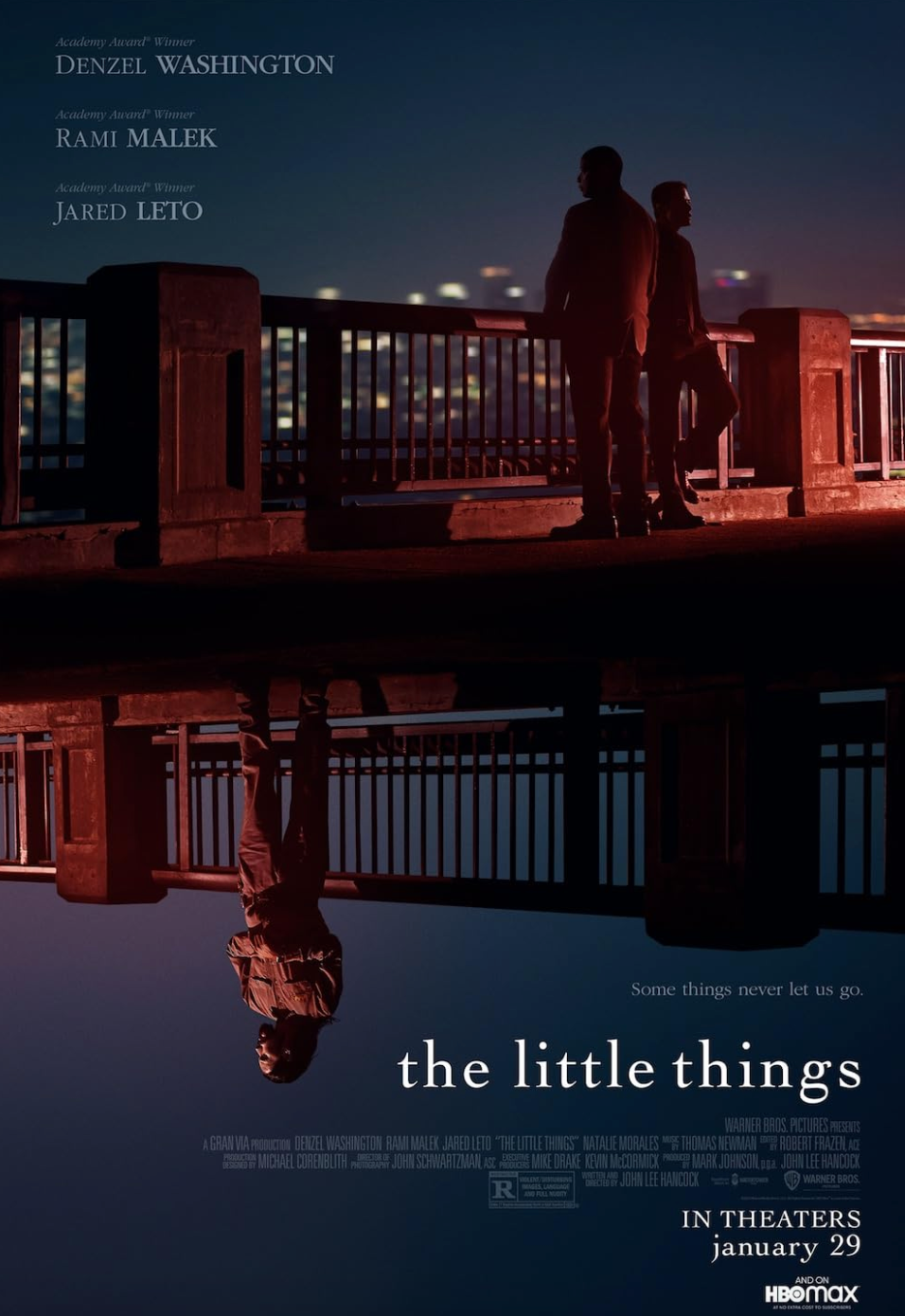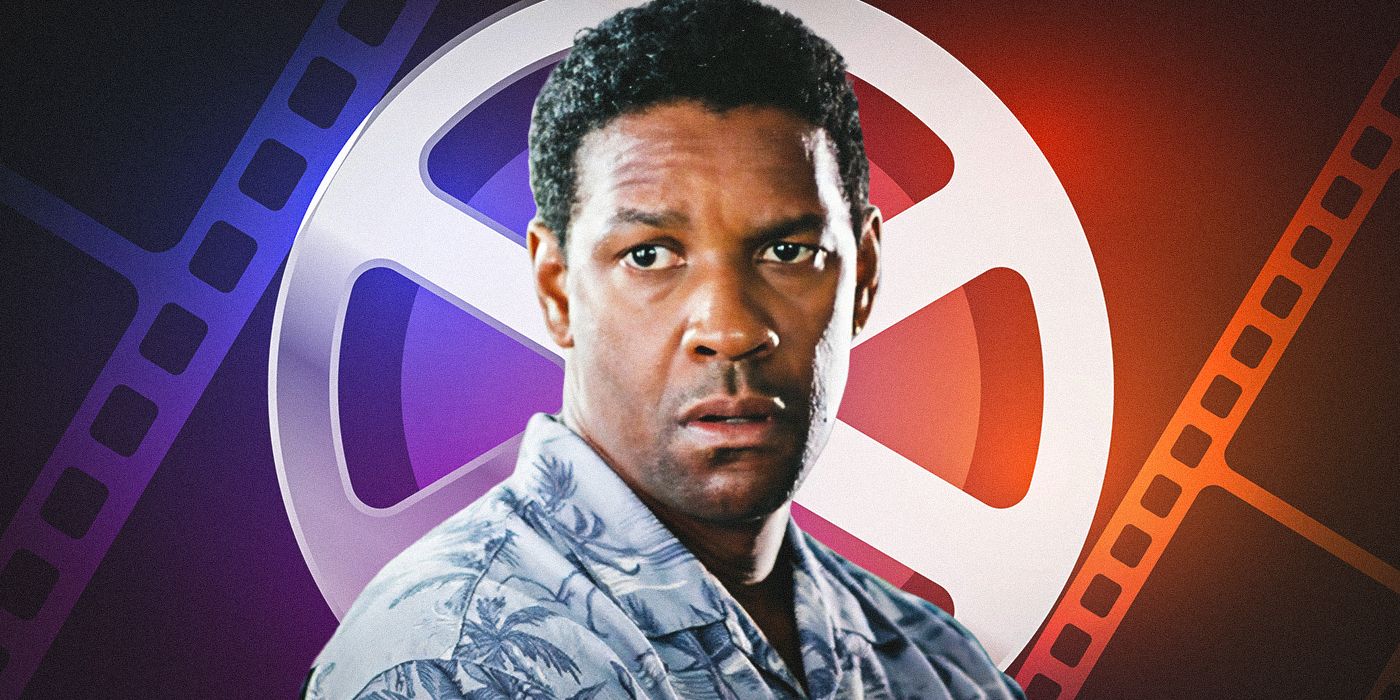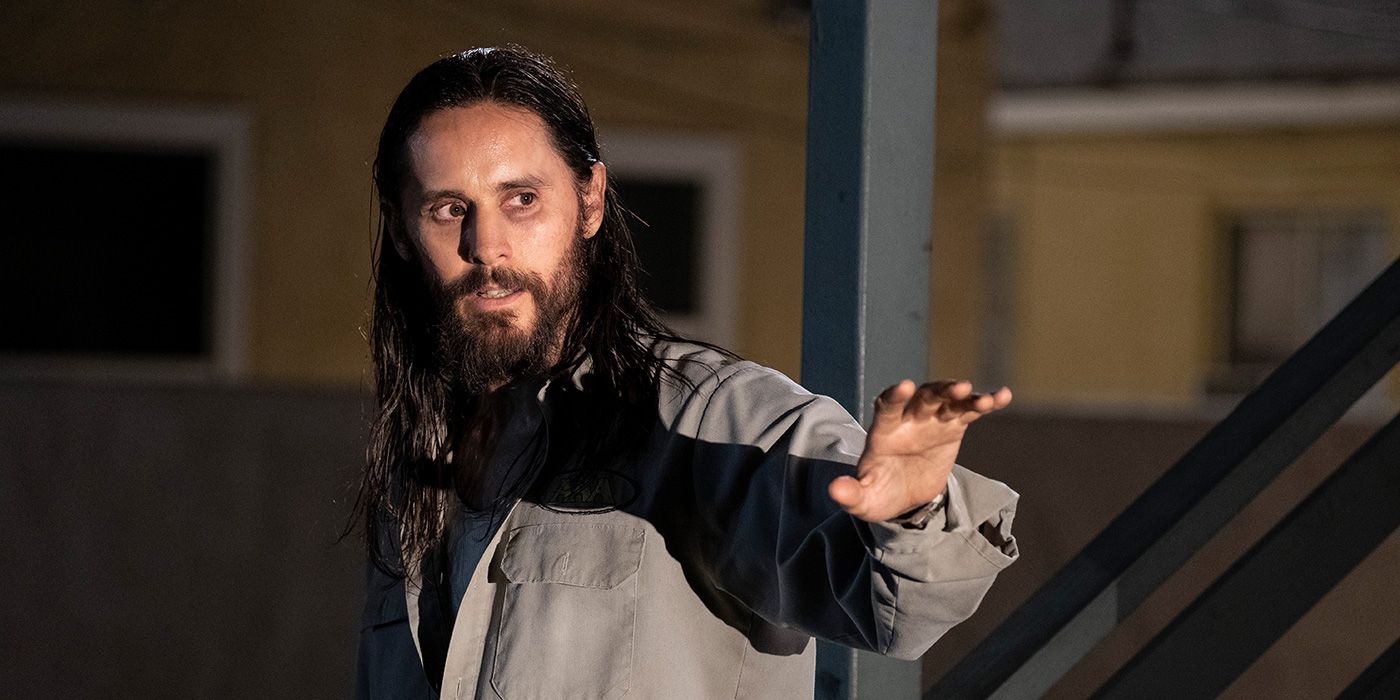The Big Picture
- The Little Things lacks intentional filmmaking, characterized by visual incompetence and careless construction.
- The film fails to establish an effective style, evident in continuity errors and erratic pacing.
- The jarring editing choices work against the story, showing a lack of motivation and care in delivering the film's procedural, character-driven content.
I don’t think one mode of filmmaking is inherently better than another. What I care about is that there is a mode of filmmaking. No matter how subtle, or even invisible-feeling a successful film’s “style” can be perceived, it’s successful because that “style” is intentional. Motivated. Crafted and cared for by its team of filmmakers, led by its director. The Little Things, released in 2021 on HBO Max, contains no such intention, motivation, or care in its crafting. At times, it slides into visual incompetence, so sloppily, carelessly, and thoughtlessly constructed even in its most basic sequences. By showing us exactly how not to put together a film, this mystery flick inadvertently becomes a masterclass in how to put together a film — just do everything the opposite of The Little Things!

The Little Things
Kern County Deputy Sheriff Joe Deacon is sent to Los Angeles for what should have been a quick evidence-gathering assignment. Instead, he becomes embroiled in the search for a serial killer who is terrorizing the city.
- Release Date
- January 28, 2021
- Director
- John Lee Hancock
- Cast
- Denzel Washington , Rami Malek , Jared Leto , Chris Bauer , Michael Hyatt , Terry Kinney
- Runtime
- 127
- Writers
- John Lee Hancock
John Lee Hancock's Direction of 'The Little Things' Feels Careless
I suppose I shouldn’t be surprised. The Little Things’ director, John Lee Hancock, has a filmography full of movies with a baseline of narrative and performance that feels basic at best and sloppy at worst. And yet, I came into The Little Things with optimism. I adore the crime thriller genre, I adore Denzel Washington, and I adore when a director gets to tackle a passion project (Hancock originally wrote this about 30 years ago). Unfortunately, there’s no such passion evident within the film’s construction. The psychological thriller — which follows California detectives Joe "Deke" Deacon (Washington), and James "Jim" Baxter (Rami Malek) as they try to solve a string of murders that they expect may have been committed by a taunting repair store worker, Albert Sparma (Jared Leto) — feels dashed off, rushed together, and “attempted” rather than “completed.” I’m thankful Washington seems to have cared about this film, because it seems like Hancock didn’t.
Let’s be reductive and say there are two basic modes of gathering the visual information during a film shoot you need for the edit. We’ll call them “intention-based” and “coverage-based”. In an intention-based shooting plan, the filmmaking team plans only the shots they think they’ll need to put together in the final edit, without a need for extraneous footage, backup shots, or alternate angles when the team knows they only want the one angle. In a coverage-based shooting plan, the filmmaking team approaches every scene with a similar goal of casting a wide net of angles, covering every moment from different focal lengths and vantage points, without exactly knowing at that moment how they want it to cut together. The benefits and drawbacks of each method are directly inverse to each other. With intentional shooting plans, your style will inherently feel more baked in, but you might shoot yourself into a corner once you realize you need something in the edit you didn’t plan for during the shoot. With coverage-based shooting plans, you have a wide variety of options to edit the scene however you see fit, but it’s harder to establish a baked-in, organic-feeling style beyond “editorial competence.”
'The Little Things' Struggles With Continuity Errors and Erratic Pacing
The Little Things feels undeniably coverage-based to me, yet it manages to avoid any of the positives earned by this strategy. In fact, it doesn’t even clear the hurdle of “editorial competence.” I can forgive continuity errors from one shot to the next if the film’s general style and narrative propulsion render such nitpicks irrelevant (Martin Scorsese and Thelma Schoonmaker are the royals of this). But to see so many pervasive mistakes throughout The Little Things, from Rami Malek’s hand gestures and coffee cups disappearing, to an initial crime scene investigation rife with magically teleporting characters, is indicative of a feature made with very little care. It also feels like Hancock and his editor Robert Frazen want to show us every angle covered during the shoot or it “doesn’t count.” So many scenes feature abrupt, whiplash-inducing cuts to extreme wide angles for barely any frames before flying back into hard close-ups, without any obvious consideration or craft.
This abruptness in pace is another unmotivated, untethered constant throughout the construction of The Little Things. The cutting rhythm within each scene is maddeningly quick and, as mentioned, rapidly shifts between focal lengths without any regard for orientation or purpose. Scenes that beg for any level of breath or space to hit, whether it’s Malek trying to placate a suspect-hungry press or Washington all-too-briefly reconnecting with a betrayed Michael Hyatt at her home, shuffle at warp speed between their over-wide plethora of angles before ending quickly and speeding off to the next scene as if Hancock couldn’t bear to stay with one feeling at a time. During another crime scene investigation, the film starts cutting between this present investigation and a past investigation at the exact same location, without any sense of visual change for either timeline. Combine this with the film’s insistence on hard-shifting between angles at a breakneck speed, and boy will you get confused and frustrated easily.
'The Little Things' Jarring Editing Works Against the Story
Is there a chance that these editorial and cinematographic choices are intentional? That John Hancock, from the jump, wanted to craft The Little Things with jarring angle shifts and speedy cutting rhythms to keep us purposefully confused and disoriented? If that is the case, it feels very unmotivated by his admittedly promising screenplay’s themes and genre proclivities — and it’s an argument that makes less sense when compared to some of the scenes that do seem planned with care. Broadly, The Little Things is a procedural, character-driven crime thriller. However, it does not feel like a motivated choice to deliver such a film, in which our primary focus is the minutiae of procedure, with such shallow, unfocused filmmaking. More specifically, the film’s title, spoken often in the film, refers to “the little things” that get you caught, get you hung up on a case's details, and leave you haunted for the rest of your life. To broadly skip over such examinations of “little things” with giant leaps in visual clarity simply makes no sense. We can’t appreciate the importance of such little things when Hancock shoots it all like it’s over-generalized CliffsNotes.

The Two Critically-Acclaimed Movies Denzel Washington Regrets Turning Down
"Regrets" doesn't necessarily translate to missteps.Finally, it’s worth noting the scenes and moments in The Little Things that do work because they feel planned, lived in, and honored by Hancock. They all tend to take place in Washington’s dingy hotel room, where he lies on a hotel bed, staring at a corkboard of victims and leads, allowing the manifestations of his regrets and failures to appear in front of him, haunting him. They’re covered in atypically long takes, atypically flowing camera moves, and atypically intriguing color temperatures. They’re edited together with care, with intention, with the utmost attention paid to the little things. They are, for brief, shining moments, masterclasses in how to construct a successful filmmaking sequence — almost as much as the rest of the film is the exact opposite.
The Little Things is available to stream on Max in the U.S.


